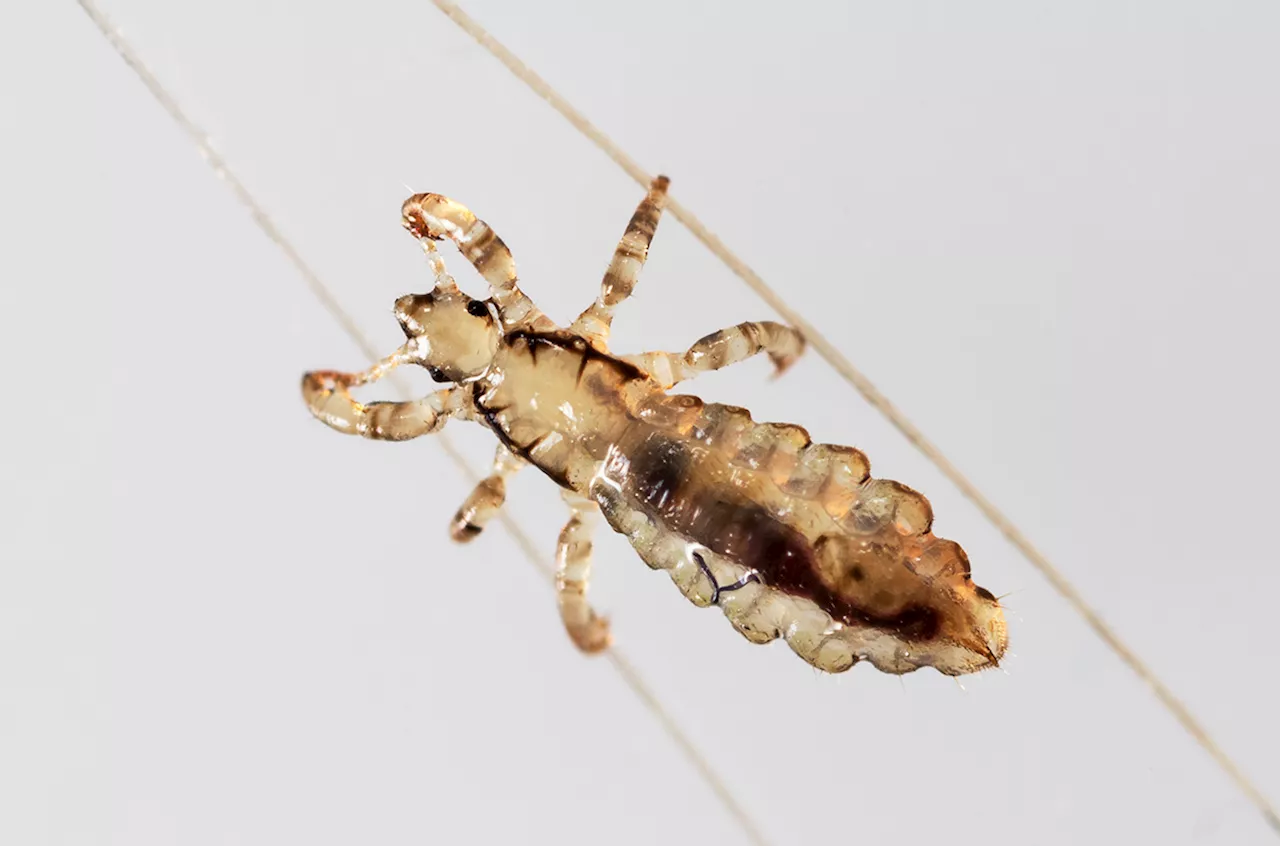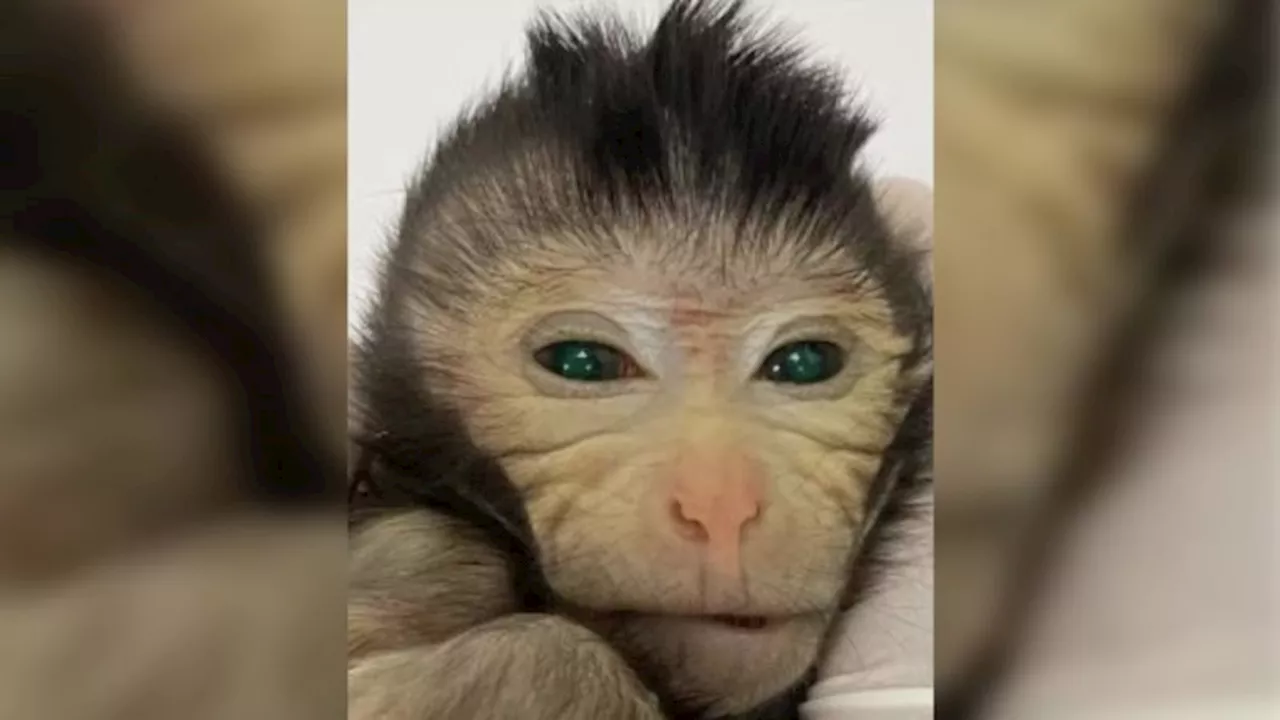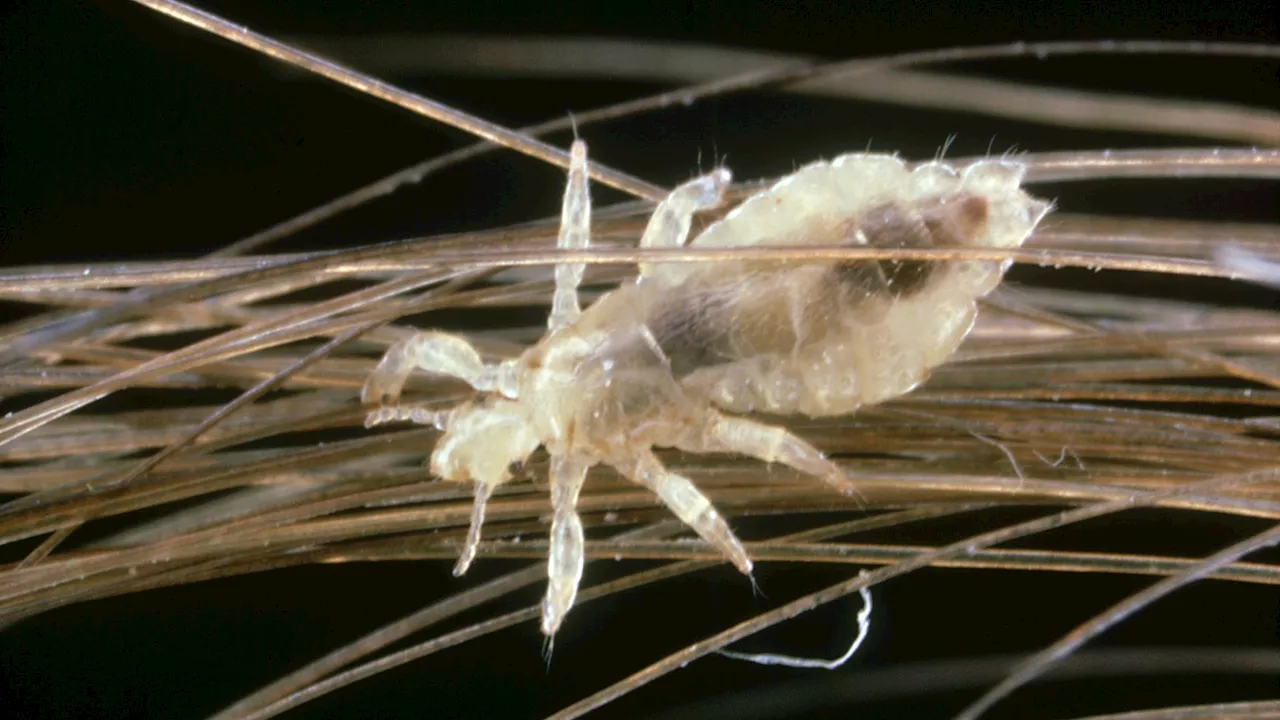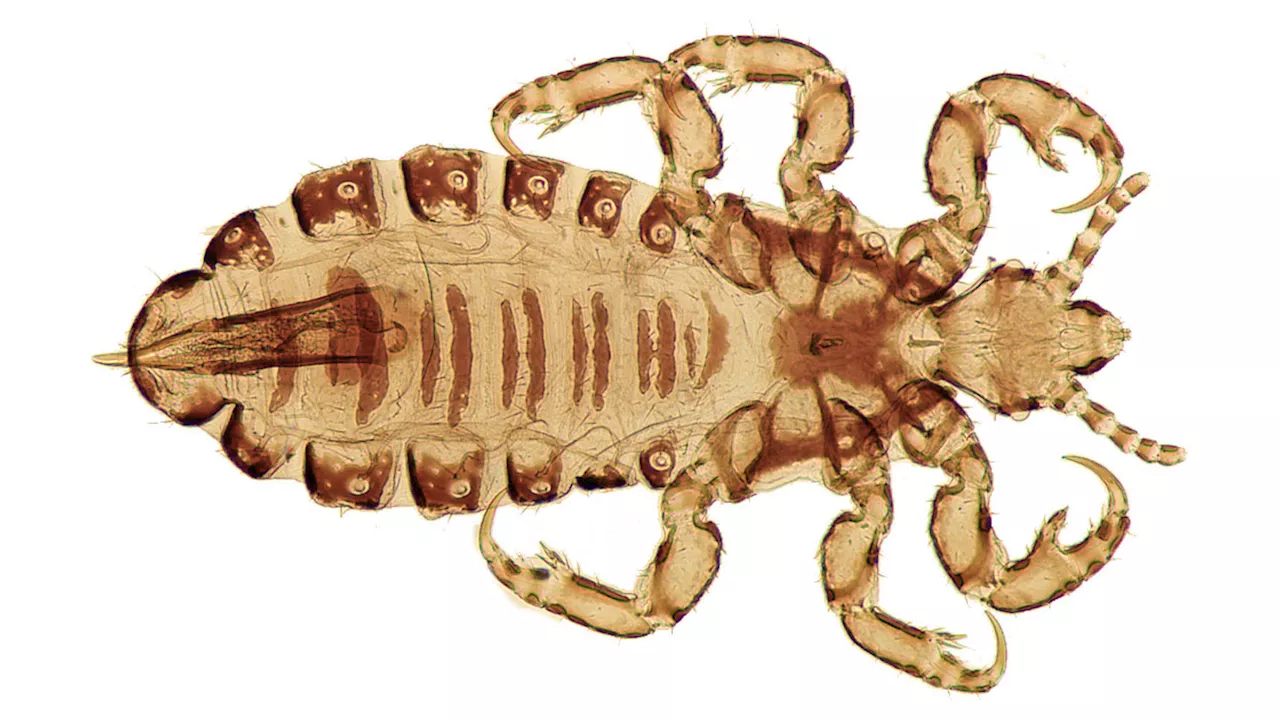Lice DNA could help us better understand the migration patterns of ancient humans to the Americas, new research shows.
In what might be one of the grossest and most intriguing research cases I’ve read about this year, scientists have started using lice DNA to help them learn more about ancient humans , including when different groups of humans arrived in the Americas . I could make a joke about how this dilemma has left scientists scratching their heads, but the Smithsonian already beat me to that punch.
According to a new piece of research published in PLOS One this week, researchers found two distinct clusters of louse, which suggests that the two clusters migrated to America with different human hosts. The first group came on the heads of the East Asians who first populated the Americas. The second didn’t arrive until thousands of years later when the European colonists began to travel to the Americas.
Lice DNA Ancient Humans Americas Research
United States Latest News, United States Headlines
Similar News:You can also read news stories similar to this one that we have collected from other news sources.
 Lice DNA records the moment Europeans colonized the AmericasGenetics of head lice could offer a new avenue for exploring human migration and mixing
Lice DNA records the moment Europeans colonized the AmericasGenetics of head lice could offer a new avenue for exploring human migration and mixing
Read more »
 Lice DNA is a revealing textbook of human historyA new study shows how the annoying little louse has hitchhiked around the world with humans and has much to teach us about history.
Lice DNA is a revealing textbook of human historyA new study shows how the annoying little louse has hitchhiked around the world with humans and has much to teach us about history.
Read more »
 Scientists Create Monkey Chimera with Two Sets of DNA for Medical ResearchScientists based in China have created a monkey chimera with two sets of DNA, experimental work they say could ultimately benefit medical research and the conservation of endangered species.
Scientists Create Monkey Chimera with Two Sets of DNA for Medical ResearchScientists based in China have created a monkey chimera with two sets of DNA, experimental work they say could ultimately benefit medical research and the conservation of endangered species.
Read more »
 Genetic analysis shows head lice evolution mirrors human migration and colonization in the AmericasA new analysis of lice genetic diversity suggests that lice came to the Americas twice—once during the first wave of human migration across the Bering Strait, and again during European colonization. Marina Ascunce, currently at the USDA-ARS, and colleagues, report these findings in a study published in the journal PLOS ONE.
Genetic analysis shows head lice evolution mirrors human migration and colonization in the AmericasA new analysis of lice genetic diversity suggests that lice came to the Americas twice—once during the first wave of human migration across the Bering Strait, and again during European colonization. Marina Ascunce, currently at the USDA-ARS, and colleagues, report these findings in a study published in the journal PLOS ONE.
Read more »
 What head lice can tell us about human migrationLaura is a science news writer, covering a wide variety of subjects, but she is particularly fascinated by all things aquatic, paleontology, nanotechnology, and exploring how science influences daily life. Laura is a proud former resident of the New Jersey shore, a competitive swimmer, and a fierce defender of the Oxford comma.
What head lice can tell us about human migrationLaura is a science news writer, covering a wide variety of subjects, but she is particularly fascinated by all things aquatic, paleontology, nanotechnology, and exploring how science influences daily life. Laura is a proud former resident of the New Jersey shore, a competitive swimmer, and a fierce defender of the Oxford comma.
Read more »
 Head lice hitched a ride on humans to the Americas at least twiceThe genes of head lice record the story of their human hosts’ global voyages.
Head lice hitched a ride on humans to the Americas at least twiceThe genes of head lice record the story of their human hosts’ global voyages.
Read more »
